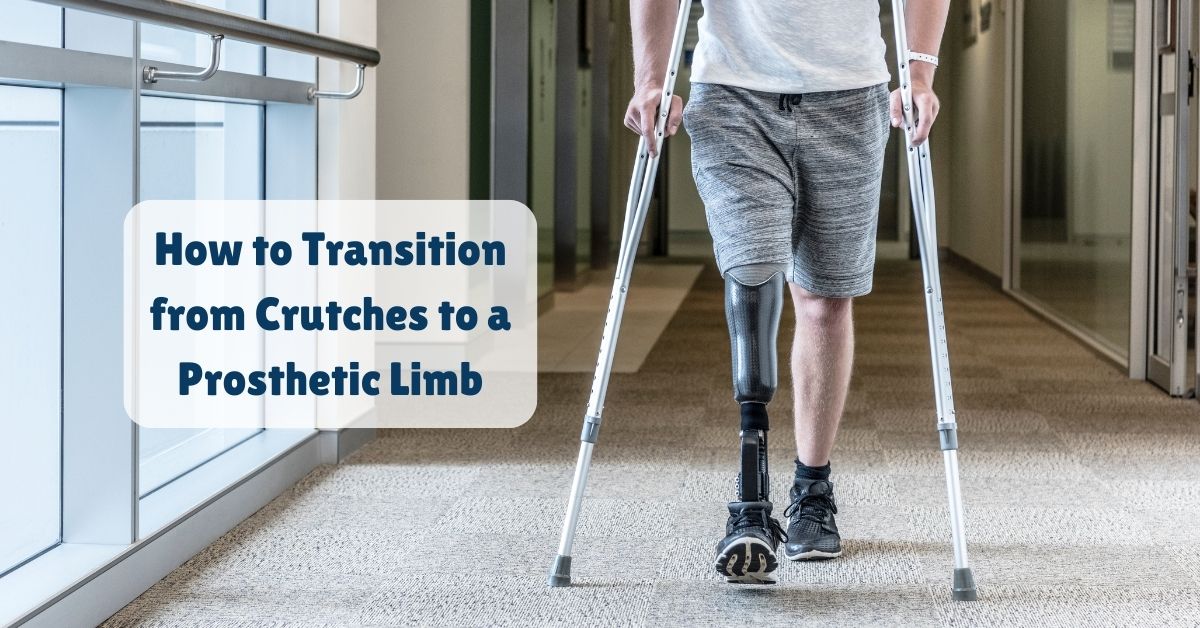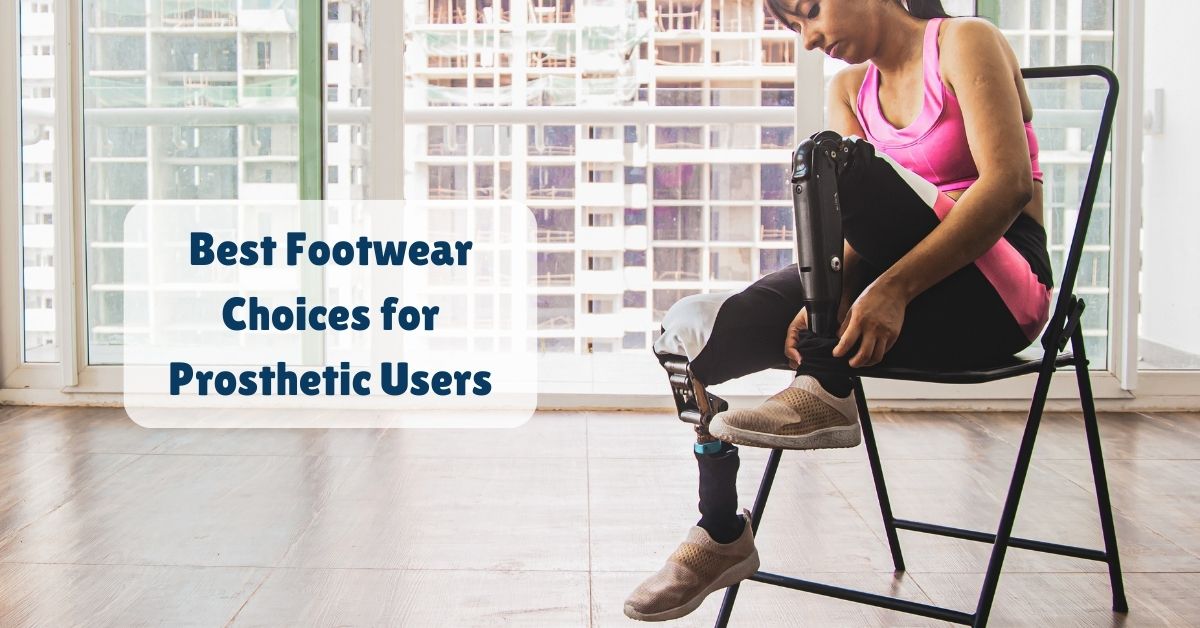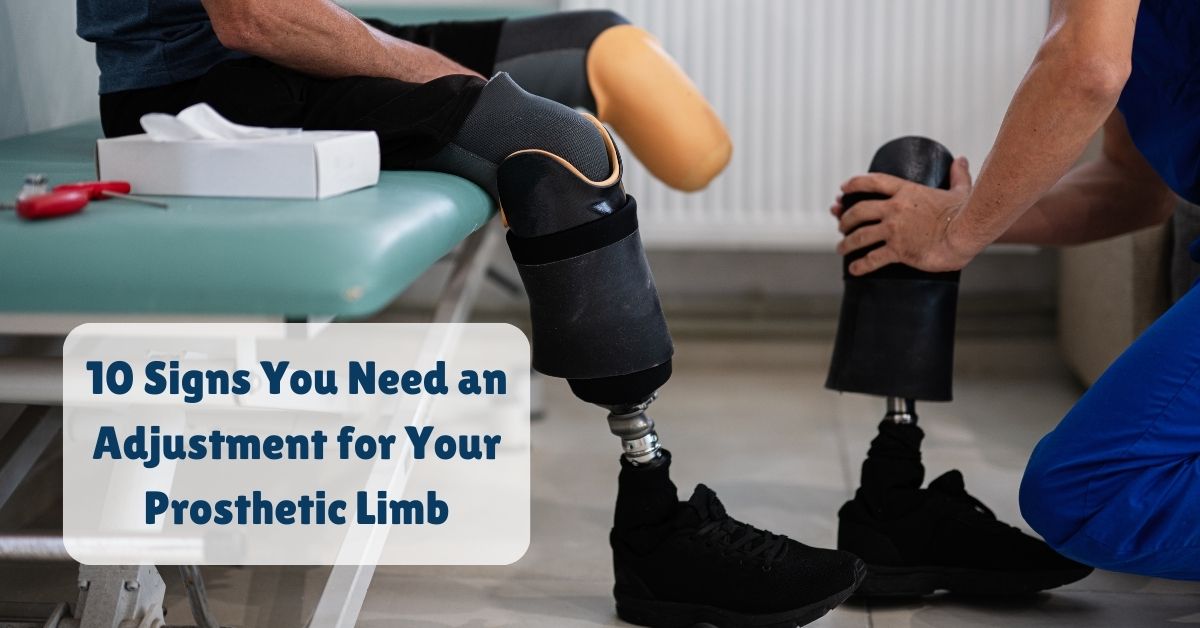Living with a prosthetic leg comes with many adjustments, one of which is deciding whether to wear your prosthetic limb to bed. This is a common question among amputees and their caregivers. Understanding the pros and cons of sleeping with a prosthetic leg can help you make an informed decision that prioritizes comfort, health, and well-being.
Understanding the Basics: Prosthetic Leg and Daily Use
Prosthetic legs are designed to replace the function and appearance of a lost limb. They are worn throughout the day to help with mobility, independence, and overall quality of life. However, just like any other part of your body, your residual limb (the part of your leg that remains) needs time to rest and recover, especially after a day of bearing weight and moving around.
A prosthetic leg is more than just a mobility aid; it’s a part of regaining independence and improving quality of life after an amputation. These devices are meticulously designed to mimic the function of a natural limb, allowing individuals to walk, run, and perform daily tasks. However, like any other part of your body. The question of whether to sleep with a prosthetic leg hinges on balancing the needs of the residual limb with your comfort and health.
Should You Sleep with Your Prosthetic Leg On?
In most cases, it is recommended not to sleep with your prosthetic leg on. Here’s why:
Rest and Recovery for the Residual Limb
The residual limb endures significant pressure, friction, and weight-bearing throughout the day, especially when using a prosthetic leg. Sleeping with the prosthesis can increase these stresses, potentially leading to skin irritation, pressure sores, and discomfort. Removing the prosthetic leg at night allows the residual limb to relax and recover from the day’s activities, promoting overall health and comfort.
Hygiene and Skin Health
A prosthetic leg can trap sweat and bacteria, particularly in warm or humid conditions. Wearing it overnight may increase the risk of skin infections, rashes, and other dermatological issues. By removing the prosthesis before bed, the residual limb can breathe, stay dry, and maintain better hygiene.
Maximizing Comfort and Sleep Quality
Sleeping with a prosthetic leg can be uncomfortable and may interfere with your ability to find a comfortable sleeping position. The rigidity and structure of the prosthesis can restrict movement, making it difficult to relax fully and achieve deep, restorative sleep. Quality sleep is vital for overall health and well-being, and discomfort caused by wearing a prosthetic leg at night can lead to restless sleep and fatigue.
Protecting the Prosthesis from Damage
Prosthetic legs are designed for mobility and daily use, not for the demands of sleep. Wearing the prosthetic leg to bed can subject it to unexpected forces and movements, potentially causing damage. Over time, this wear and tear can reduce the lifespan of the prosthetic and lead to costly repairs or replacements
When Is It Okay to Sleep with a Prosthetic Leg?
While it’s generally advised to remove the prosthetic leg before sleeping, there might be situations where an amputee chooses to wear it to bed:
Short Naps
For brief naps during the day, it may be more convenient to leave the prosthetic leg on, especially if you anticipate getting up soon after. In such cases, the duration is short enough that the potential drawbacks are minimized.
Specific Medical Recommendations
In certain situations, a healthcare provider might advise wearing the prosthetic leg while sleeping. This could be during a specific phase of recovery, such as after surgery, where maintaining a particular limb position is crucial, or when transitioning to a new prosthesis. Always follow your doctor’s advice in these scenarios.
Personal Comfort and Psychological Security
Some amputees feel more secure or comfortable with their prosthetic leg on, even during sleep. This might be due to concerns about getting up quickly in an emergency or simply feeling more “whole” with the prosthetic in place. While it’s important to listen to your body, make sure that this choice doesn’t lead to long-term discomfort or health issues.
Tips for Nighttime Care of Your Prosthetic Leg
Whether you choose to remove your prosthetic leg or wear it while sleeping, taking care of your residual limb and the prosthesis is essential:
Cleanliness is Key
Before going to bed, clean your residual limb with mild soap and water, and ensure it is thoroughly dried. This reduces the risk of bacterial growth and skin irritation, keeping your limb healthy and comfortable.
Inspect Your Skin Regularly
Nighttime is an excellent opportunity to inspect your residual limb for any signs of irritation, redness, or sores. Early detection of any issues allows for prompt treatment, preventing minor irritations from becoming more severe.
Use Stump Socks for Protection
If you remove your prosthetic leg at night, consider wearing a soft, clean stump sock. This not only keeps your residual limb warm but also provides a layer of protection against accidental bumps or abrasions while you sleep.
Proper Positioning for Comfort
Use pillows or cushions to support your residual limb and ensure it stays in a comfortable position throughout the night. Proper alignment can prevent stiffness and soreness, making mornings more comfortable.
Regular Prosthetic Maintenance
Keeping your prosthetic leg in good condition requires regular maintenance. Before bed, check for any signs of wear or damage, clean the prosthesis as recommended by your prosthetist, and store it in a safe place. Regular maintenance extends the life of your prosthetic and ensures it functions properly.
Addressing Common Concerns and Misconceptions
For those new to using a prosthetic leg, concerns about removing it at night are common. Some worry about feeling vulnerable or being unable to move quickly in case of an emergency. Others might fear that removing the prosthesis could make the residual limb weaker or more sensitive. It’s important to address these concerns with your healthcare provider, who can offer personalized advice and reassurance.
Removing the prosthetic leg at night is generally beneficial for most amputees, allowing the residual limb to rest and recover. However, if you have specific needs or concerns, your doctor or prosthetist can help you develop a nighttime routine that balances comfort, safety, and health.
Final Thoughts: Making the Right Choice for You
Deciding whether to sleep with your prosthetic leg is a personal choice that depends on your comfort, lifestyle, and medical needs. While it’s generally advised to remove the prosthetic leg at night, there may be circumstances where wearing it to bed makes sense.
Remember, the goal is to ensure that you get a good night’s sleep while taking proper care of your residual limb and prosthetic leg. With the right approach, you can find a routine that works best for your body and lifestyle.
If you’re unsure about what’s best for you, consult with your healthcare provider or prosthetist. They can provide guidance tailored to your situation, helping you find the right balance between comfort, safety, and the health of your residual limb. Remember, taking care of your body and your prosthetic leg is key to maintaining a high quality of life, and a good night’s sleep is an essential part of that equation.
At Proactive Technical Orthopaedics, top prosthetic manufacturer in India, we understand the importance of finding the right prosthetic solution tailored to your unique needs. Our dedicated team of experts is here to guide you every step of the way, Contact today to schedule a consultation.











